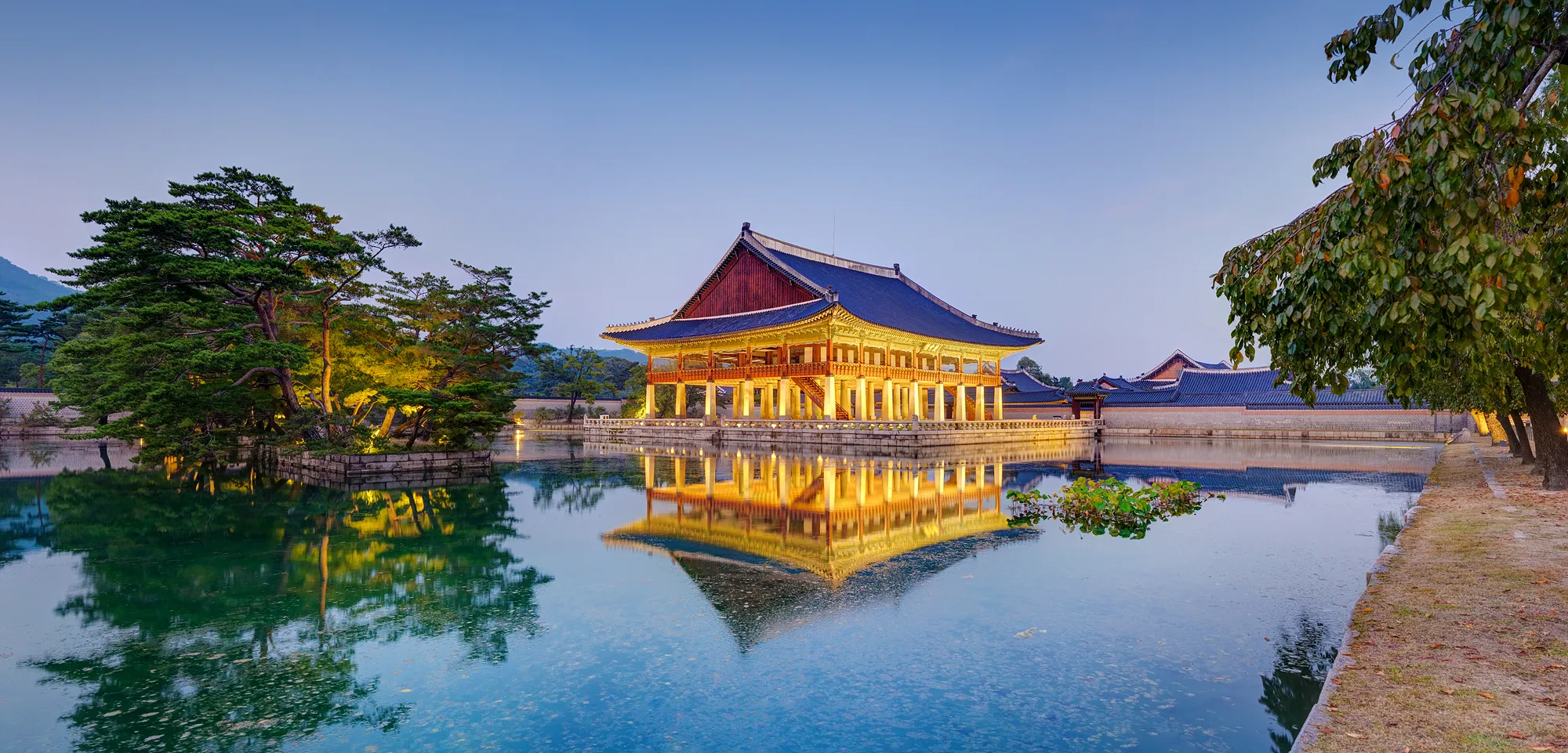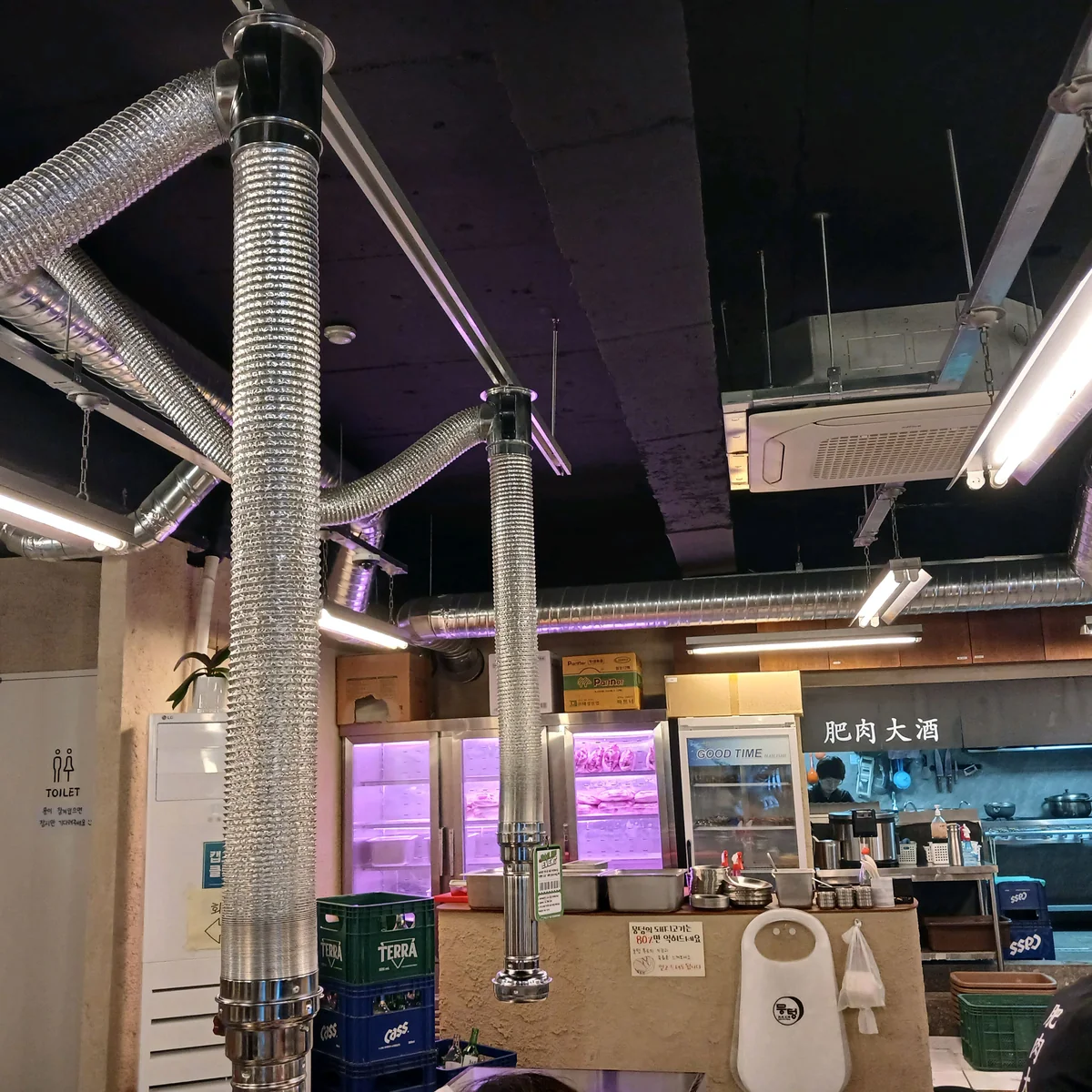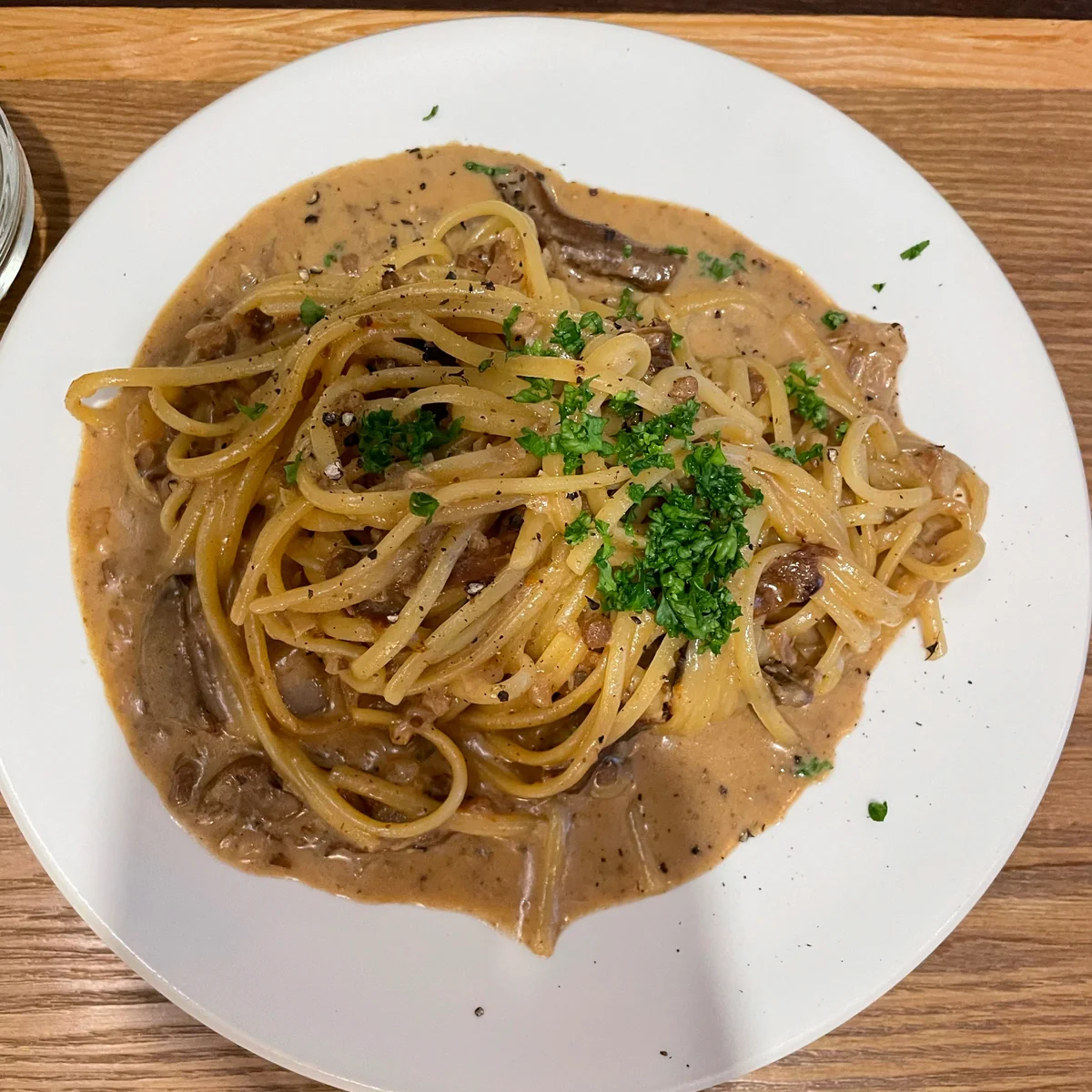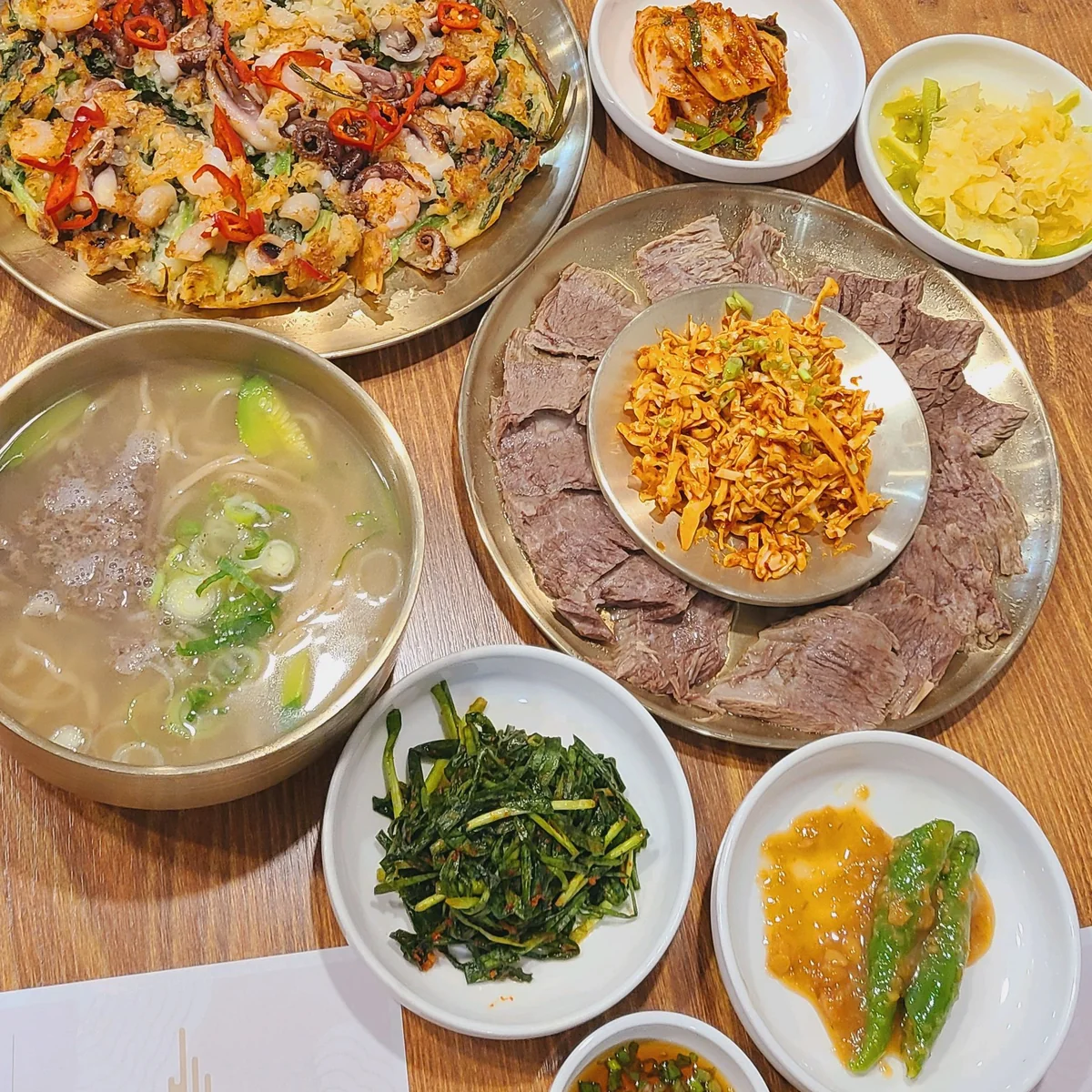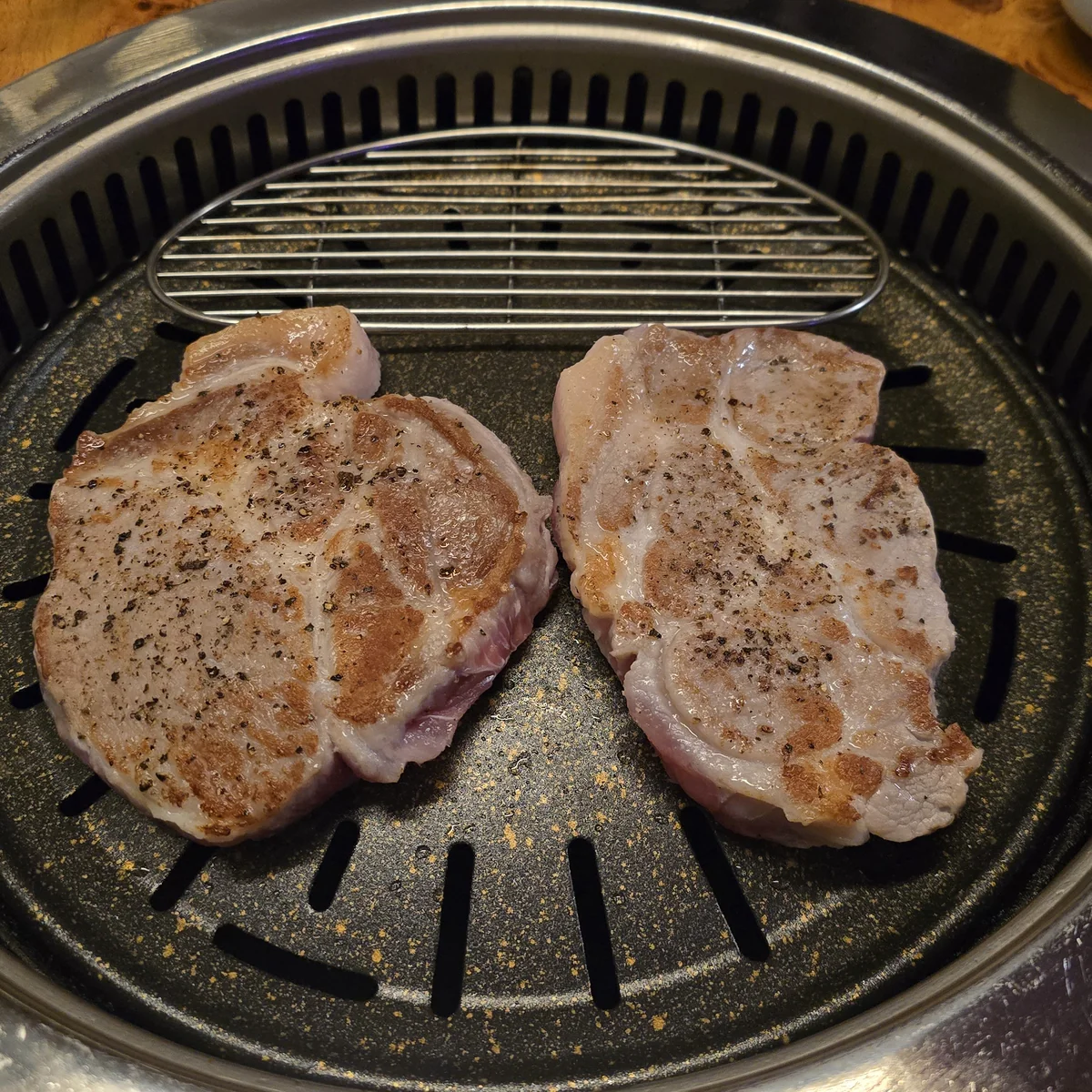Hello, everyone!
I had the chance to visit ‘Gyeongbokgung’ this weekend, and I can’t wait to share the beauty of this palace nestled harmoniously in the heart of the city with all of you!
Shall we embark on a journey to this special destination in the capital of South Korea, Seoul?
Gyeongbokgung is conveniently located near the subway, making it easily accessible for everyone!
If you get off at Anguk Station, Gwanghwamun Station, or Gyeongbokgung Station, you can reach the palace within a 10-minute walk.
I personally recommend getting there from Gyeongbokgung Station.
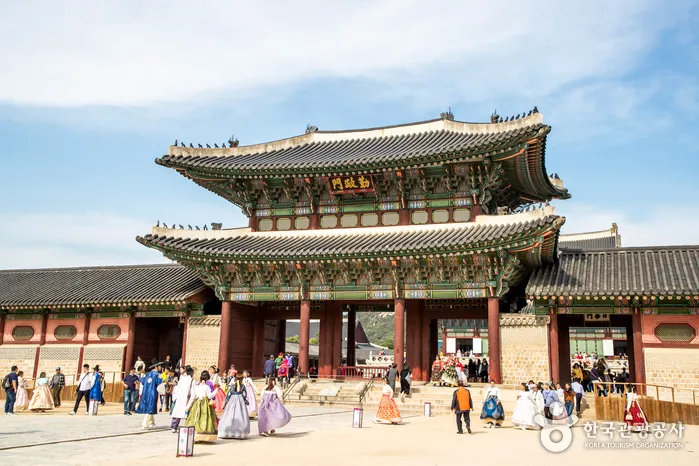
If you exit from Gate 5 of Gyeongbokgung Station and walk for about 2 minutes, you’ll be greeted by the magnificent Gwanghwamun. As you enter through Gwanghwamun, you’ll find a self-ticketing kiosk equipped with a kiosk.
Purchase your admission ticket here.
The admission fees for Gyeongbokgung are as follows:
- Adults (26-64 years old): KRW 3,000
- Foreigners: KRW 3,000
- Groups of 10 or more: KRW 2,400
- Those under 24 or over 65 years old and those wearing hanbok can enter for free.
📌 Operating Hours info
- March to October: 09:00 – 18:00 (Last admission at 17:00)
- November to February: 09:00 – 17:00 (Last admission at 16:00)
Operating hours and admission fees may be subject to changes due to special events or circumstances, so it is advisable to check the official website or local information before planning your visit.

Gyeongbokgung Palace is quite vast, and many visitors find it challenging to decide where to start exploring. If you have limited time and want to see the palace systematically, it’s a good idea to refer to the courses provided on the official website!
🚩 40-Minute Course: Heungryemun Gate – Yeongjegyo Bridge – Geunjeongjeon Hall – Sajeongjeon Hall – Gyeonghoeru Pavilion – Sujeongjeon Hall
🚩 60-Minute Course: Heungryemun Gate – Yeongjegyo Bridge – Geunjeongjeon Hall – Sujeongjeon Hall – Gyotaejeon Hall – Gangnyeongjeon Hall – Sajeongjeon Hall – Gyeonghoeru Pavilion – Jagyeongjeon Hall
🚩 90-Minute Course: Heungryemun Gate – Yeongjegyo Bridge – Geunjeongjeon Hall – Sujeongjeon Hall – Sajeongjeon Hall – Gangnyeongjeon Hall – Gyotaejeon Hall – Jagyeongjeon Hall – Hyangwonjeong Pavilion
☑︎ Gyeonghoeru Pavilion
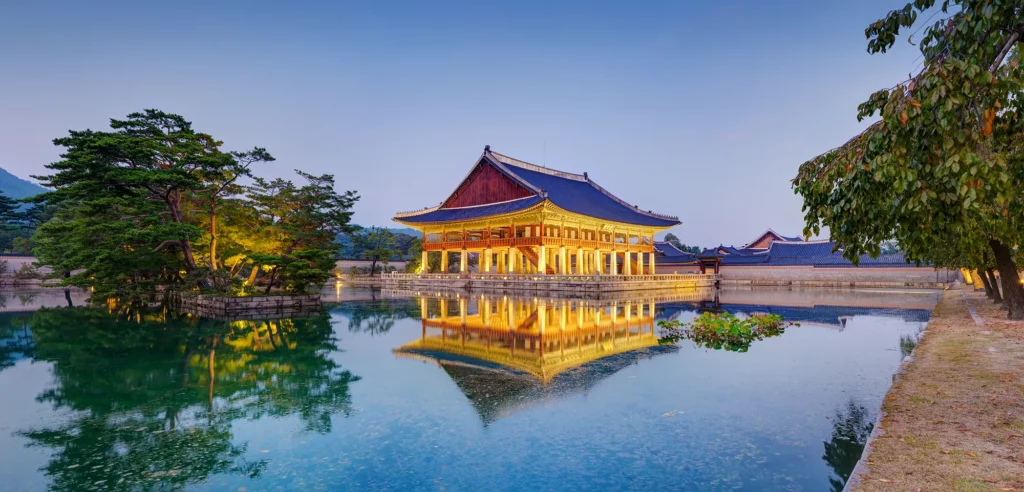
Though there are too many beautiful and vast places to cover, I’ve selected a few personal favorites. First is the ‘Gyeonghoeru Pavilion.’ The ‘Gyeong’ in Gyeonghoeru means ‘auspicious,’ and Gyeonghoeru was where the king held grand banquets and hosted foreign envoys. Since the building floats on a pond, it overwhelms with the beauty of nature and traditional architecture. Imagining the splendid festivals that once took place here is truly captivating.
☑︎ Geunjeongjeon

Next is the ‘Geunjeongjeon,’ the main throne hall. Used for important state ceremonies, Geunjeongjeon is the largest and most formal building within the palace grounds. Standing in front of it, you’ll feel both overwhelmed and fascinated by the intricate architectural details and grandeur. The vibrant colors and harmonious blend of nature make Geunjeongjeon a popular spot for Instagrammers.
☑︎ Yeongjegyo

Isn’t it beautiful to see people crossing the bridge in hanbok? This is the ‘Yeongjegyo’ bridge, constructed during the Joseon Dynasty. Connecting various sections of the palace beautifully, the delicate arch design and stone pillars make crossing Yeongjegyo a delightful experience. Witness the beauty of Gyeongbokgung changing with the seasons and reflecting in the ponds.
The most meaningful way to truly enjoy the beauty of Gyeongbokgung Palace is by donning a ‘hanbok’ and exploring its wonders. Around Gyeongbokgung, there are numerous shops where you can easily rent and wear ‘hanbok’ to stroll through the palace grounds. By adorning yourself in this vibrant traditional attire, you not only enhance your experience of the magnificent architecture and nature but also create stunning Instagram-worthy photos. What’s even better is that wearing ‘hanbok’ entitles you to free admission to Gyeongbokgung, making it an excellent tip for a memorable visit! 🌸🏰😀
Another delightful way to experience Gyeongbokgung is through the ‘Night Tour’ event. Although not always available, if you’re fortunate, you might have the chance to explore a different side of Gyeongbokgung during this special evening event. For detailed information about the ‘Night Tour,’ visit the Cultural Heritage Administration of Korea website. (click)
Lastly, Gyeongbokgung Palace offers a guided tour service specifically for foreigners. The service is available in Korean, English, Japanese, Chinese, and Spanish, with narration provided 2-3 times a day for languages other than Korean. You can find detailed schedules for the guided tour service on the official Gyeongbokgung Palace website.
If possible, consider visiting during the guided tour service times to explore the beauty of each architectural marvel and gain a deeper understanding of the rich history and cultural significance. It will undoubtedly add a more meaningful layer to your journey!



In the midst of a city filled with skyscrapers, Gyeongbokgung stands as a historic haven. Seeing the beautiful scenery of Gyeongbokgung, don’t you want to visit in person? The harmony between nature and beautiful architecture becomes even more magical when experienced firsthand.
‘Gyeongbokgung’ is an absolute must-visit destination for anyone exploring South Korea. Don’t miss out on the beauty and history it has to offer during your Korean adventure. Make sure to pay a visit! 🏰🇰🇷✨

